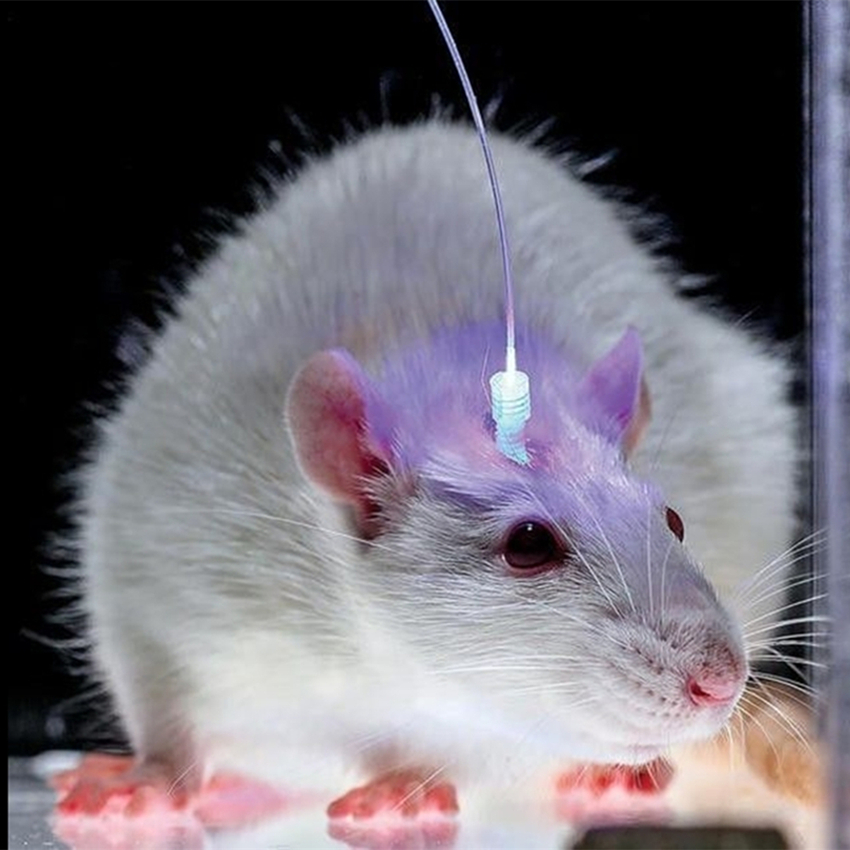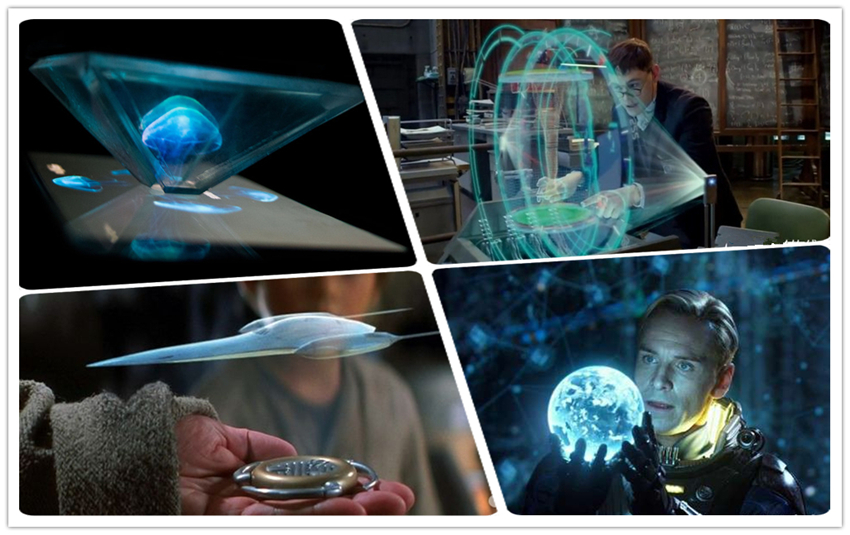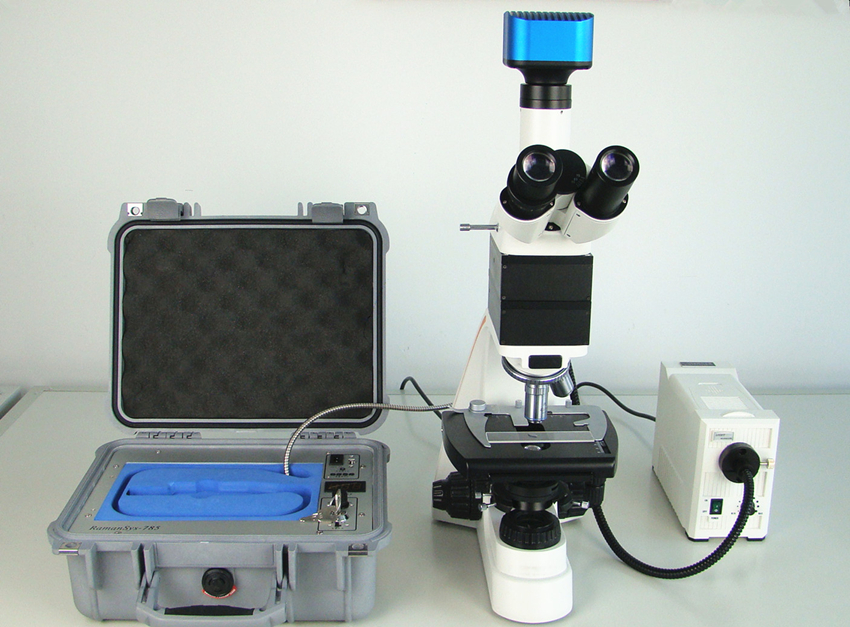It can be seen from the reaction formula that the crystal water is removed between 500 and 700 ° C to form metakaolin, which remains in a sheet form. Value="925" unitname="°C" w:st="on">The silicon spinel phase is produced after 925°C. Value="1100" unitname="°C" w:st="on">A mullite phase is produced at 1100 °C. Value="1400" unitname="°C" w:st="on">1400 °C produces mullite. The choice of kaolin calcination temperature depends on the application. As cable packing and chemical products, the temperature should be selected as value="700" unitname="°C" w:st="on">700°C. For the production of paper coatings, 800-value="900" unitname="°C" w:st="on">900°C should be chosen. The metakaolin produced at this time still maintains a flaky form. When producing mullite, the temperature should be greater than value="1400" unitname="°C" w:st="on">1400°C. Produce high whiteness and high brightness fillers. The temperature can be selected as value="1000" unitname="°C" w:st="on">1000°C. In order to increase the whiteness of the calcined kaolin, a calcining additive may be added. There are many varieties of additives, and it is necessary to rationally select additives according to the nature of the ore. 10. Surface-modified kaolin is used for the filler of plastics, rubber, paint and cable. In order to make it easy to uniformly disperse with various organic polymer materials and to form a stronger bond, it is necessary to coat the surface of kaolin with an organic coupling. Agent, this process is called surface modification. The coupling of the coupling agent to the kaolin is chemical reaction, physical adsorption or both. Commonly used coupling agents are silanes, titanates , aluminates , stearic acid and soaps thereof. The modification method has a dry method and a wet method, and the dry method has a better effect than the wet method. Commonly used equipment is a high speed kneader. In the modified production, the kaolin is directly blended with the organic material at a certain temperature, and is carried out in a single-screw or twin-screw kneader. The detection of the modification effect can accurately measure the coating area of ​​the coupling agent by infrared spectroscopy. A convenient method is to use a hydrophobic method. Take a little modified product, put it into a beaker containing water, stir it with a glass rod for one or two minutes, and observe the turbidity in the water after standing still. The kaolin with good modification effect is hydrophobic, which floats on the surface of the water without sinking. (2) The process flow of comprehensive utilization of kaolin is shown in Table 5. Table 5 Kaolin mineral processing process
CNI can offer complete solutions in a wide range of applications from scientific research, biomedicine, and environmental sciences to industrial materials processing, microelectronics, avionics, and entertainment. The applications include Laser optogenetics and neuroscience, Particle Image Velocimetry (PIV), holography, confocal laser scanning microscopy and so on.
Laser for Optogenetics and Neuroscience
Laser for Confocal Scanning
Laser for Optogenetics,Laser for Holography,Laser for Flow Cytometry,Laser for Confocal Microscopy Changchun New Industries Optoelectronics Technology Co., Ltd. , https://www.lasersciences.com Ore type Mineral processing principle process 1. Raw ore → crushing → slurry → cyclone → centrifuge → peeling → bleaching → paper coating grade 2. raw ore → crushing → roasting → slurry → cyclone → peeling → centrifuge → paper coating grade → packing grade Soft kaolin 1. Raw ore→crushing→slurry→cyclone→selective flocculation→bleaching→quality papermaking, ceramic grade 2. Raw ore → crushing → slurry → cyclone → centrifuge → stripping → magnetic separation → paper coating grade Sandy kaolin 1. Raw ore → slurry → spiral classifier → sedimentation tank → centrifuge classification → stripping → bleaching → paper coating grade → packing grade 2. Raw ore → slurry → re-selection of sand removal → blending tank → flotation → high quality paper making, ceramic grade



Kaolin comprehensive utilization technology (5)
Hard kaolin